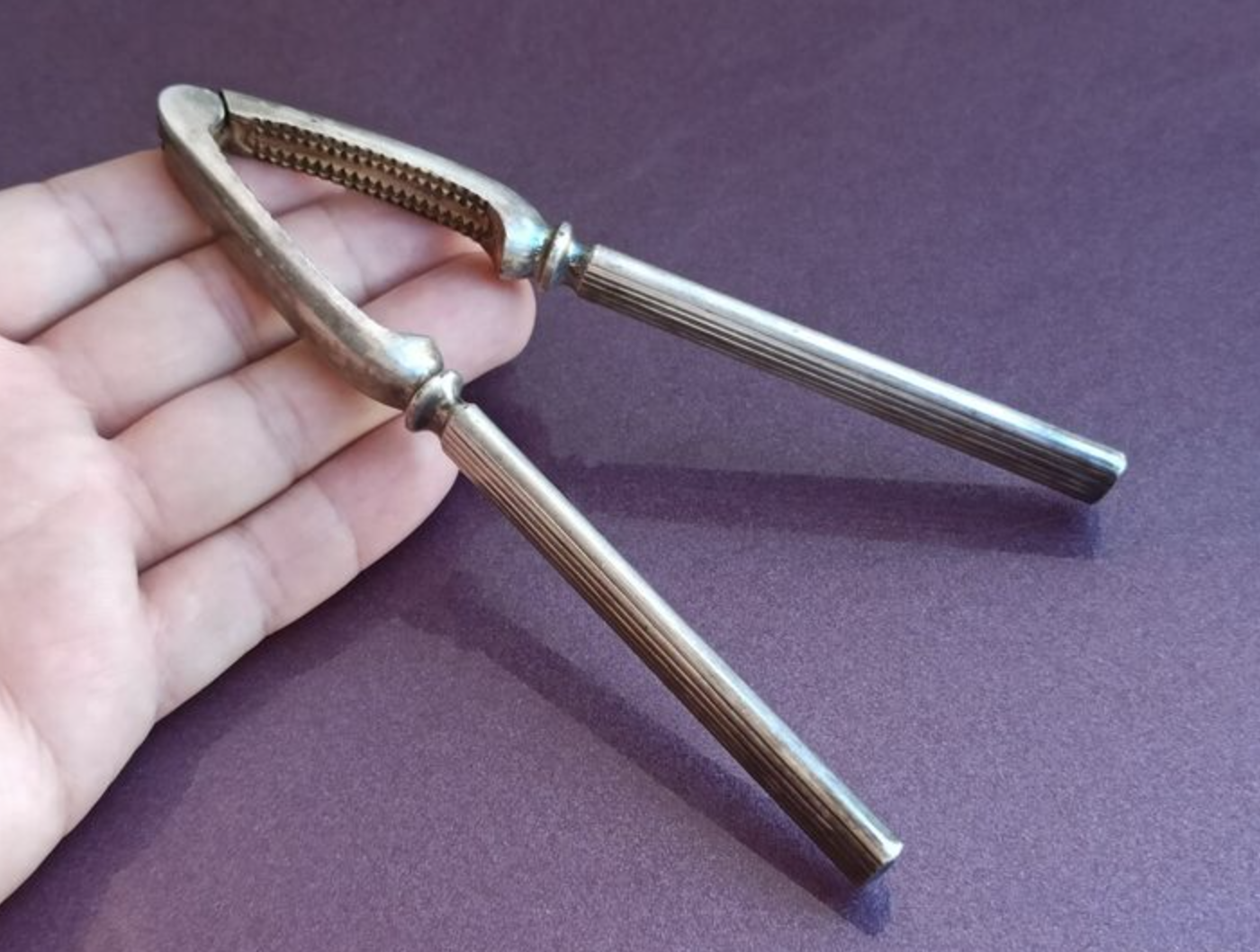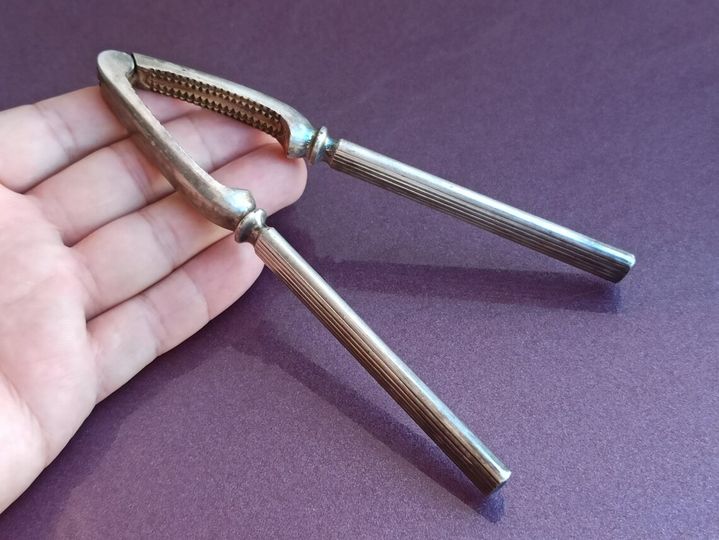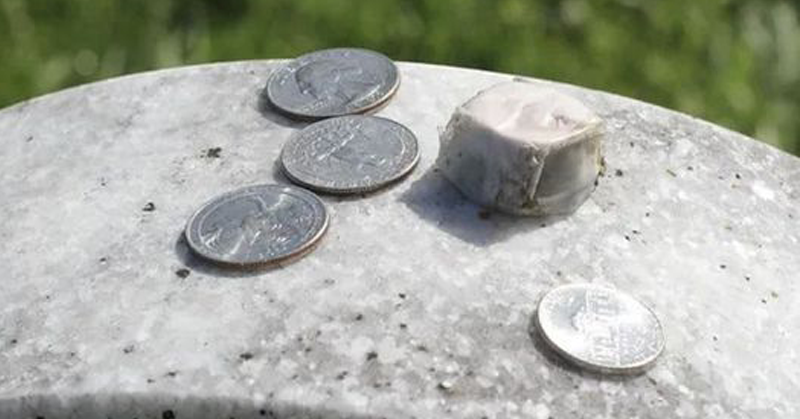The Vintage Nutcracker: History, Usage, and Legacy
A Glimpse into History
Vintage nutcrackers have a rich and fascinating history, hearkening back to ancient civilizations where cracking nuts required both ingenuity and strength. These tools have evolved dramatically from simple handheld implements to beautifully intricate and decorative pieces. Some of the earliest known nutcrackers, carved of wood in elementary lever styles, date back to the third century B.C. By the 15th century, European artisans, particularly in Germany, began crafting elaborate and artistic nutcrackers that depicted figures from everyday life and folklore.

Usage: Function Meets Art
Initially, nutcrackers had one clear purpose: to crack open the hard shells of nuts to reveal the edible kernels inside. Early designs were straightforward, employing the lever principle to generate the necessary force to break the shell. But as time passed, nutcrackers transformed into objects that were as much about form as function.
In the 18th and 19th centuries, these tools became reflections of regional artistry and cultural trends. German nutcrackers, particularly from the Erzgebirge region, were renowned for their craftsmanship and creativity. These nutcrackers often took on the appearance of soldiers, kings, and other notable figures. The most famous of these designs, immortalized by the Nutcracker Ballet, features a toy soldier, which has since become a cherished Christmas symbol.
The Legacy of Nutcrackers
Today, vintage nutcrackers are prized collectibles that blend utility with art, showcasing their creators’ craftsmanship and the cultural significance of their times. Collectors and antique enthusiasts treasure these pieces for their historical value, detailed designs, and nostalgic charm.
In contemporary settings, vintage nutcrackers serve various purposes. While some people still use them for their original function of cracking nuts, many appreciate them primarily as decorative items. During the holiday season, they add a touch of tradition and festivity to homes. Their enduring appeal lies in their ability to connect us to the past, representing both the cleverness of earlier times and the artistic expressions of different cultures.
A Symbol of Tradition and Festivity
The renewed interest in vintage and retro items has brought nutcrackers back into the spotlight. They are emblematic of an era when household items were built to last and crafted with great attention to detail. The Nutcracker Ballet has solidified the nutcracker’s status as a cultural icon, entwining it with the magic and wonder of the holiday season.
Conclusion
The vintage nutcracker is far more than a simple tool; it is a piece of history that tells the story of craftsmanship, culture, and tradition. Its journey from a basic implement to a coveted decorative and collectible item is a testament to its lasting appeal. Celebrating the legacy of these delightful figures allows us to appreciate the artistry and functionality that marked everyday objects in the past, bringing a touch of elegance and nostalgia into our modern homes.




